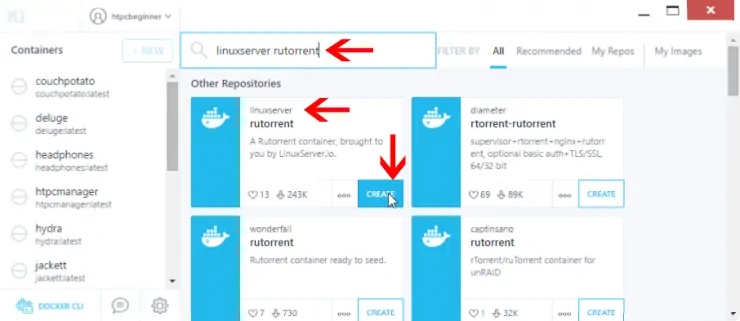

click on install update in the bottom right corner to Update your docker then check your Docker version as previously.if enabled you will receive updates info.

When you have a new update available Docker will display it (you can enable or disable it in the Docker options):.To be able to use this kind of image you must activate the option “switch to Linux containers” in the Dockers option (right click on the docker icon) it will need a reboot Updates notification Loaded image: controlm-workbench:9.20.225 use below command to see you docker version:ĭocker version 17.03.1-ce-rc1, build 3476dbfĬ:\Users\nso\Downloads>docker-compose -versionĭocker-compose version 1.11.2, build f963d76fĬ:\Users\nso\Downloads>docker-machine -versionĭocker-machine version 0.10.0, build 76ed2a6Ĭ:\Users\nso\Downloads> Load a Docker imageįor example I will load Control-M workbench image C:\Users\nso\Downloads>docker load -i controlm-workbench-9.20.225.xz.by right clicking on the toolbar icon you will have Docker configuration options:Ĭ:\Users\nso\Downloads>docker run hello-world.on your task bar you will have the docker icon with status running.you will have a window popping up which indicate all is completed.once done Docker will be started automatically.download the binary following this link:.note:if you have Virtual box installed, you will not be able to use it anymore as Docker requires Hyper V (it will not affect your vbox images by the way).check if virtualization is enabled on your machine ( using ctrl alt del combo).For some purposes I had to install Docker on my Windows lab, I know my colleagues are used to install it on Linux, but what about Windows?So let’s take a look on it! Prerequisites:


 0 kommentar(er)
0 kommentar(er)
